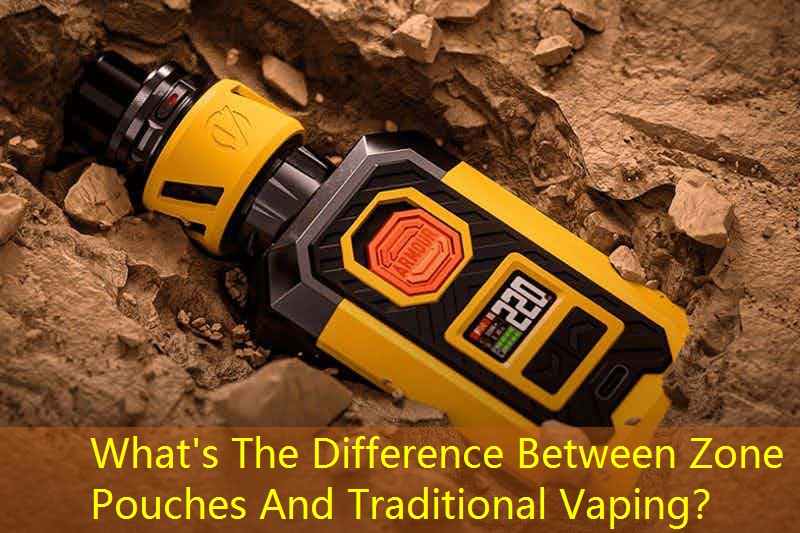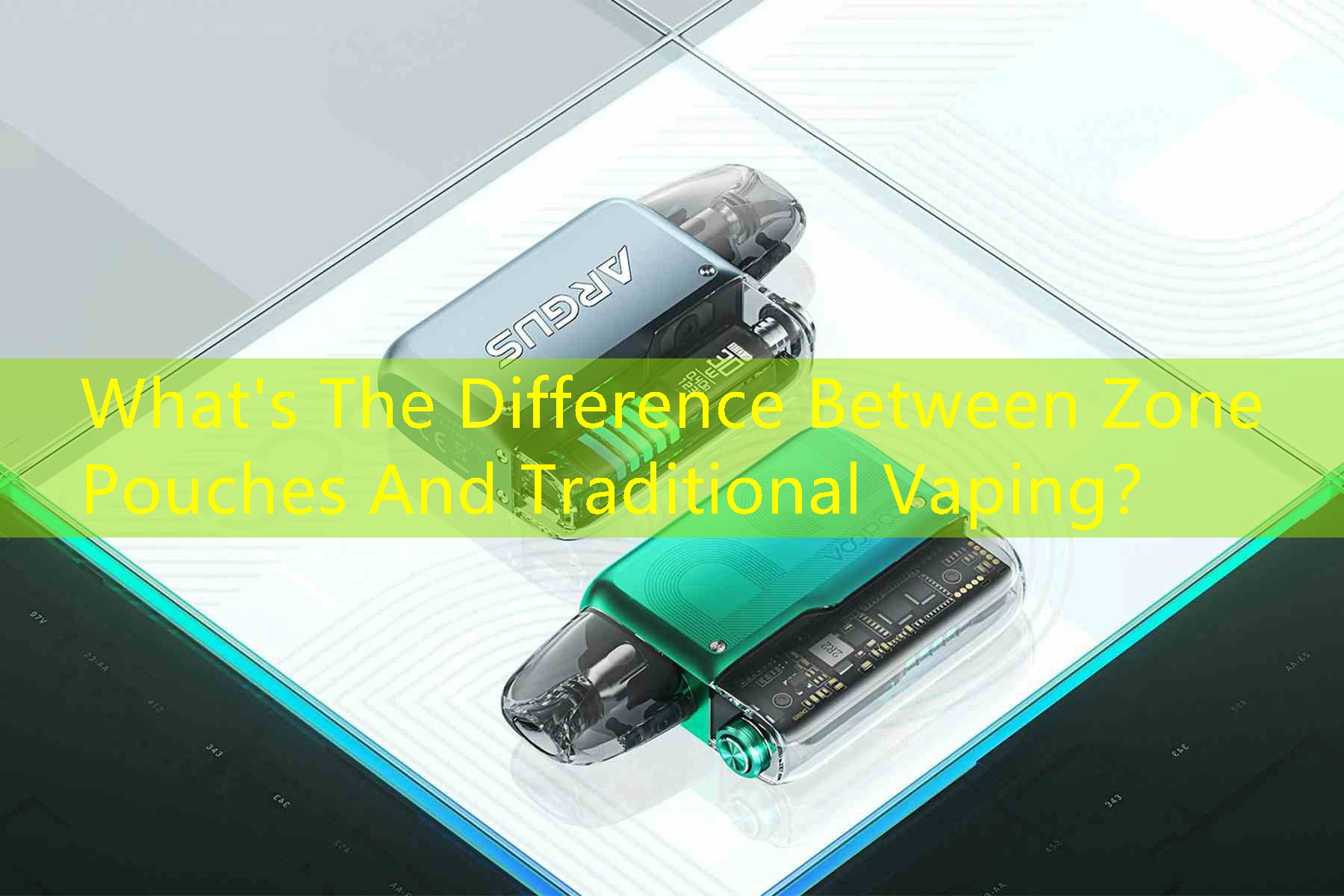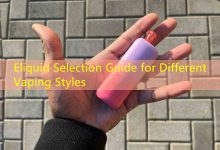1. Introduction to Vaping Options
In the world of nicotine consumption, the introduction of innovative products has given users more choices than ever before. Traditional vaping and zone pouches are two popular options that cater to different preferences and lifestyles. Understanding the specific characteristics and differences between these two forms of nicotine delivery is crucial for users to make informed decisions.
2. What Are Traditional Vaping Devices?
Traditional vaping devices have been around for over a decade and consist of a battery, عنصر تسخين, and a liquid known as e-liquid or vape juice. The e-liquid typically contains nicotine, نكهات, and a base of propylene glycol or vegetable glycerin. Users inhale the vapor created when the liquid is heated, providing a satisfying alternative to smoking traditional cigarettes.
3. The Mechanics of Traditional Vaping
The mechanics of traditional vaping are relatively straightforward. When the user activates the device, usually by pressing a button or inhaling, the heating element warms the e-liquid, transforming it into vapor. This vapor is then inhaled into the lungs, where nicotine and flavors are absorbed into the bloodstream. The experience mimics that of smoking, which appeals to many former smokers looking for an alternative.
4. What Are Zone Pouches?
Zone pouches, على الجانب الآخر, represent a newer approach to nicotine consumption. These pouches are small, discreet packets that contain nicotine, وكلاء النكهة, and other ingredients, but do not require any combustion or vaporization. Zone pouches are placed between the gum and lip, allowing nicotine to be absorbed through the oral mucosa without needing to be inhaled.
5. The Mechanics of Zone Pouches
Zone pouches work by releasing nicotine and flavor as the pouch breaks down in the mouth. Users simply place a pouch inside their cheek, and the nicotine is absorbed into the bloodstream through the mucous membranes in the mouth. This method provides a smoke-free and odorless option for nicotine intake, appealing to those who prefer not to vape or smoke.

6. Key Differences Between Zone Pouches and Traditional Vaping
Several key differences set zone pouches apart from traditional vaping. Firstly, the method of consumption varies significantly—vaping involves inhalation, while zone pouches rely on oral absorption. بالإضافة إلى ذلك, traditional vaping produces aerosol that can be exhaled, whereas zone pouches do not produce any smoke or vapor, allowing for more discreet use.
7. Flavor Options and Customization
Both traditional vaping and zone pouches offer a variety of flavor options; لكن, traditional vaping boasts a more extensive selection of e-liquid flavors. Users can choose from fruit, حَلوَى, المنثول, and many other concoctions, allowing for a highly customizable experience. Zone pouches generally offer fewer flavor variations but still include popular options like mint, الحمضيات, and berry flavors.
8. Health Considerations
From a health perspective, both traditional vaping and zone pouches have their pros and cons. Traditional vaping is often perceived as a less harmful alternative to smoking, but it still involves inhaling substances into the lungs. Zone pouches, while avoiding inhalation, still deliver nicotine, which can have its own health implications. Users should consider their health goals and potential risks before choosing between the two methods.
9. Social Aspects

The social dynamics surrounding vaping and nicotine consumption also differ between these two products. Traditional vaping can often be more visually and socially recognized, leading to shared experiences among users. في المقابل, zone pouches allow for a more discreet method of consumption that can be used in a wider variety of social settings without drawing attention.
10. Cost Considerations
When it comes to cost, both traditional vaping and zone pouches have various price points, but traditional vaping may require a higher initial investment. Users need to purchase a vaping device, which can range from affordable to high-end models, plus ongoing costs for e-liquids. Zone pouches, على الجانب الآخر, typically come in packs and can be more cost-effective in the long run due to their convenience and lower equipment costs.
11. Comparing User Experience
The user experience is another critical factor in evaluating the differences between zone pouches and traditional vaping. Many users prefer traditional vaping for the ritual and sensory aspects it provides, including the act of inhalation and the cloud of vapor. على العكس, those who value convenience and discretion may find zone pouches to be more appealing due to their ease of use and lack of odor.
12. What Makes Zone Pouches Different from Traditional Vaping?
Zone pouches differ from traditional vaping primarily in their method of nicotine delivery. While traditional vaping relies on inhalation and produces vapor, zone pouches are designed for oral use, releasing nicotine through the mucosal membranes. This allows for a smoke-free experience that is more discreet and prevents inhalation of harmful substances found in vapor.
13. Are Zone Pouches Safer Than Traditional Vaping?
The safety of zone pouches compared to traditional vaping depends on individual health concerns and preferences. Zone pouches eliminate the risks associated with inhaling vapor and combustion, focusing instead on oral delivery of nicotine. لكن, both methods still pose health risks, particularly due to nicotine addiction and other ingredients present in their formulations. Users should weigh these factors based on their lifestyle and health goals.
14. Which Option Is Better for Beginners?
للمبتدئين, the choice between zone pouches and traditional vaping may depend on their habits and preferences. Zone pouches offer a straightforward, no-fuss introduction to nicotine with fewer pieces of equipment needed. Traditional vaping offers a more immersive experience but may involve a steeper learning curve due to device use and maintenance. أخيرًا, beginners should consider their goals and try both options to see which feels more comfortable for them.







